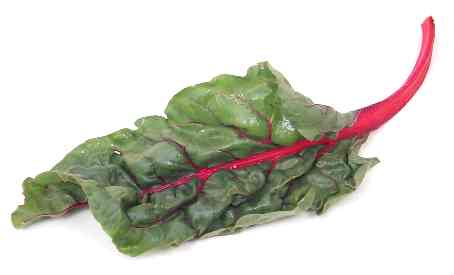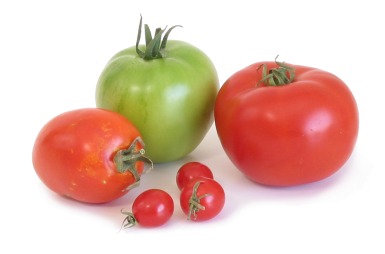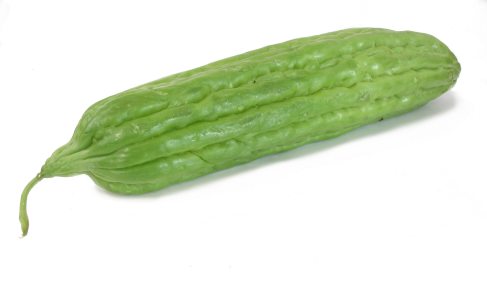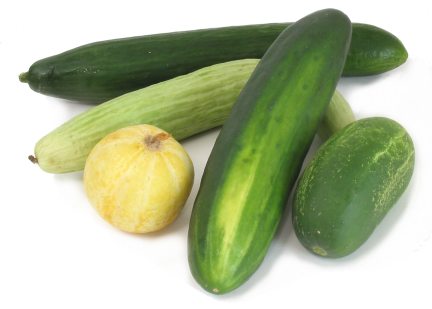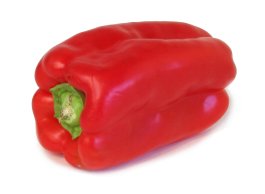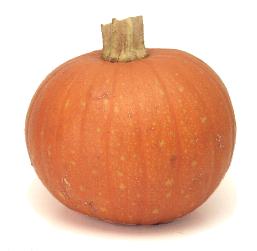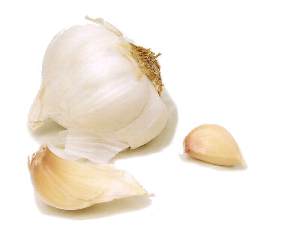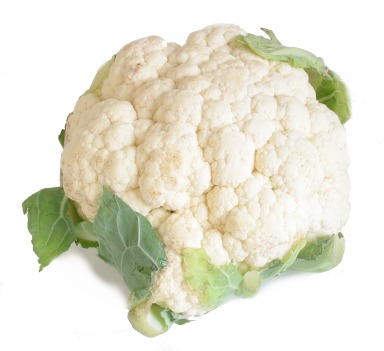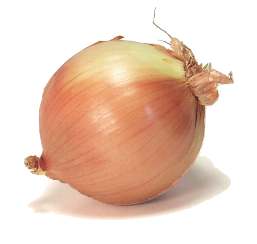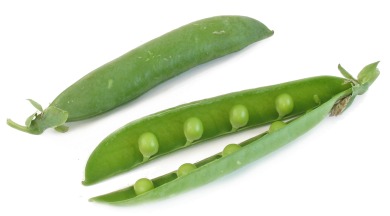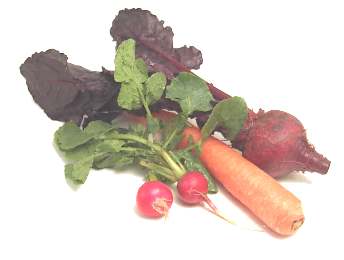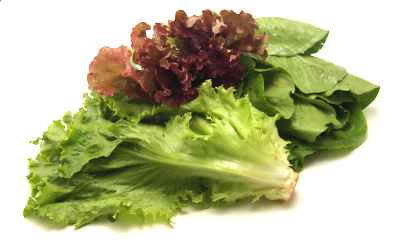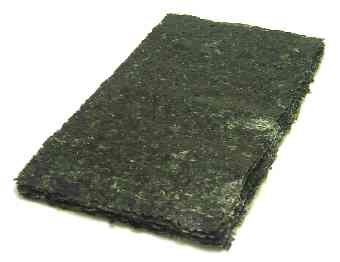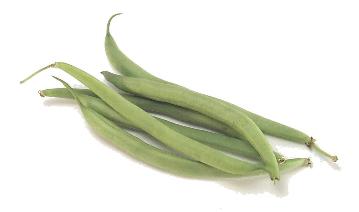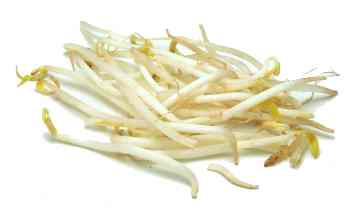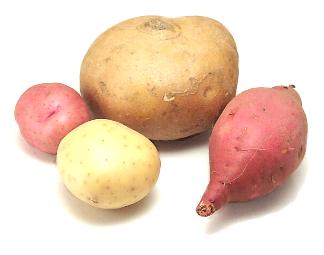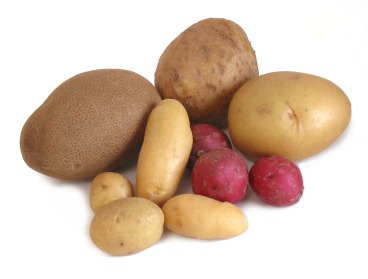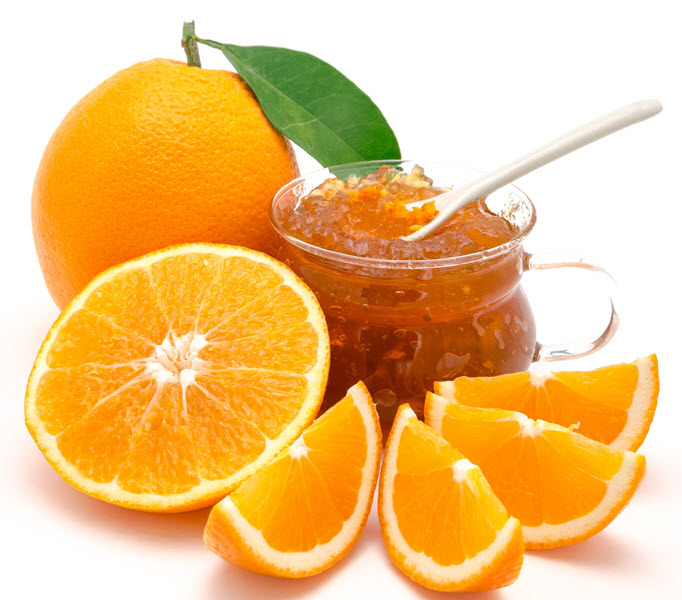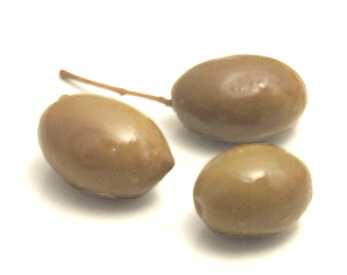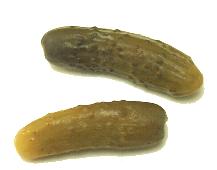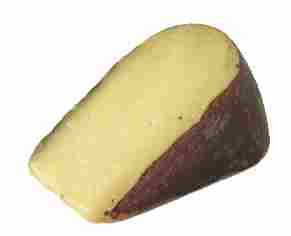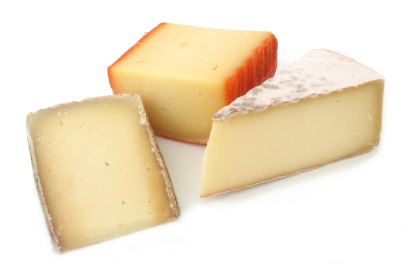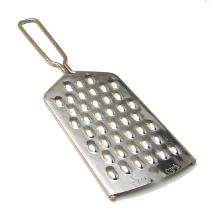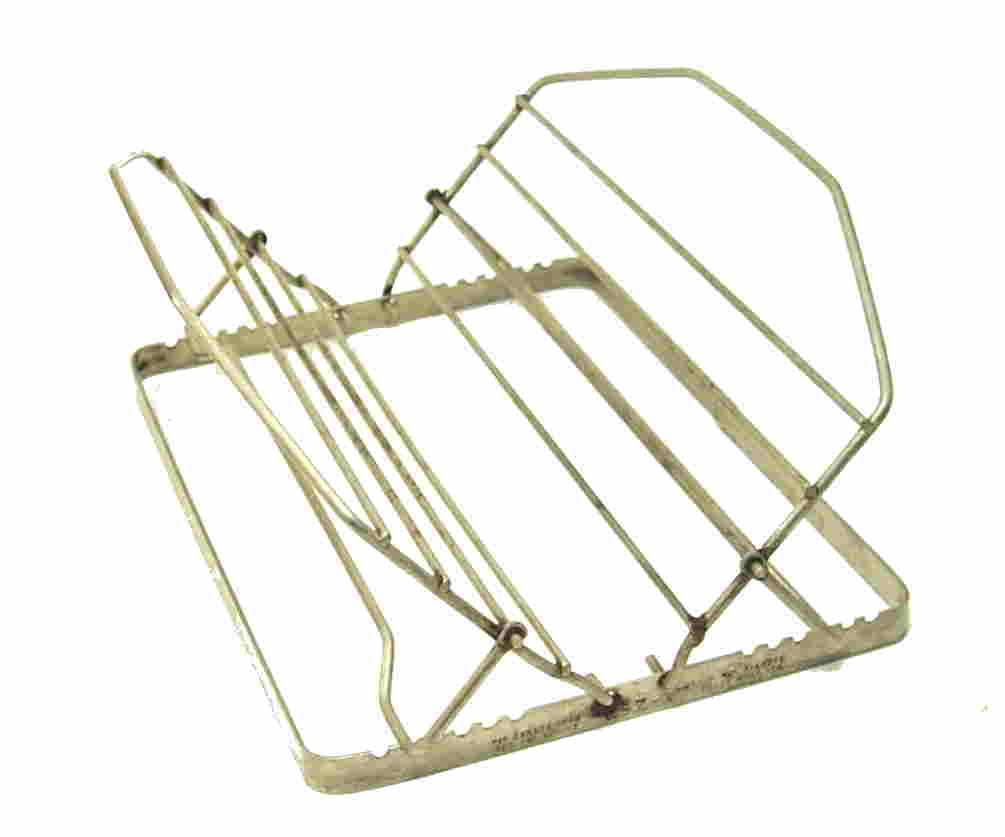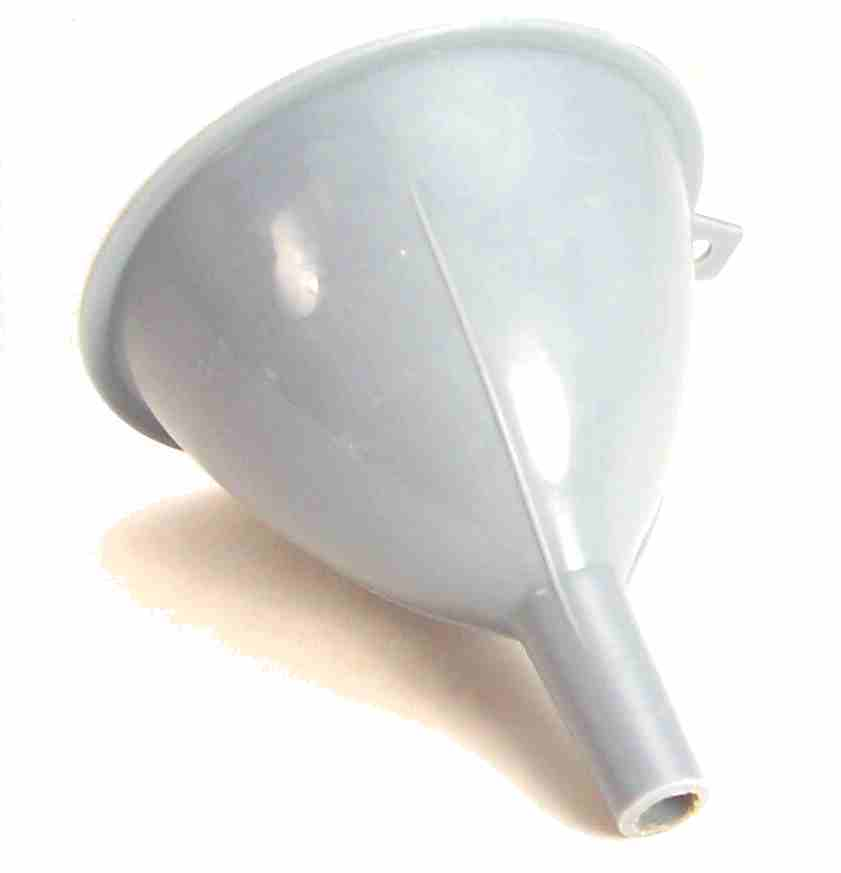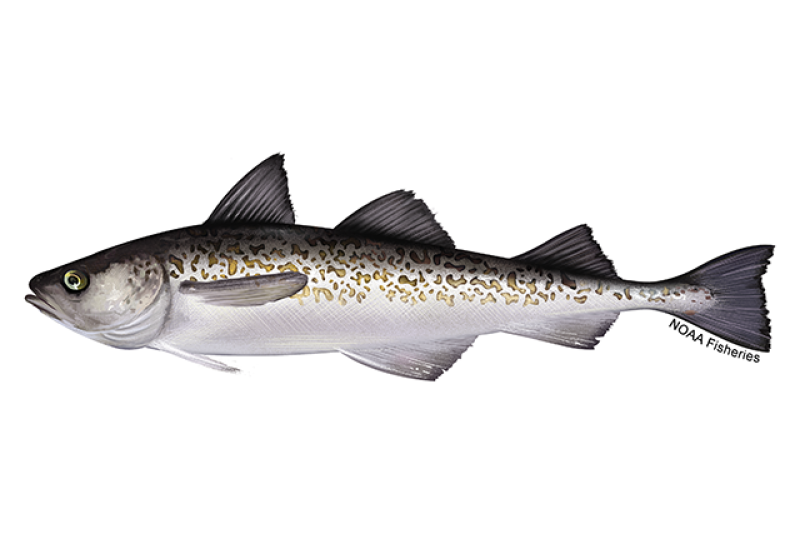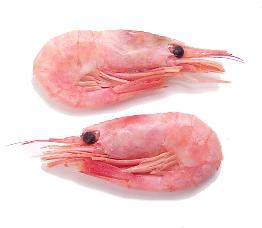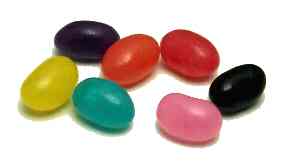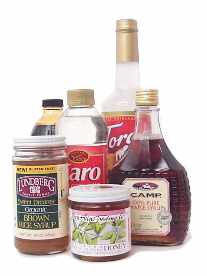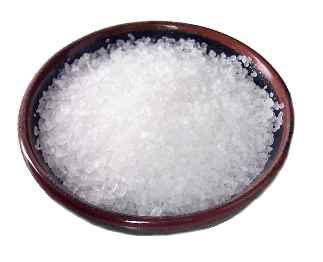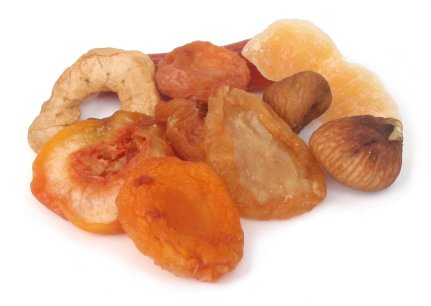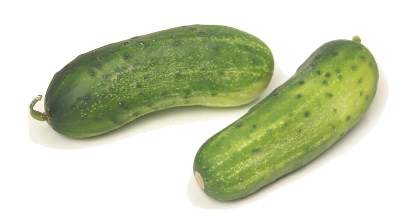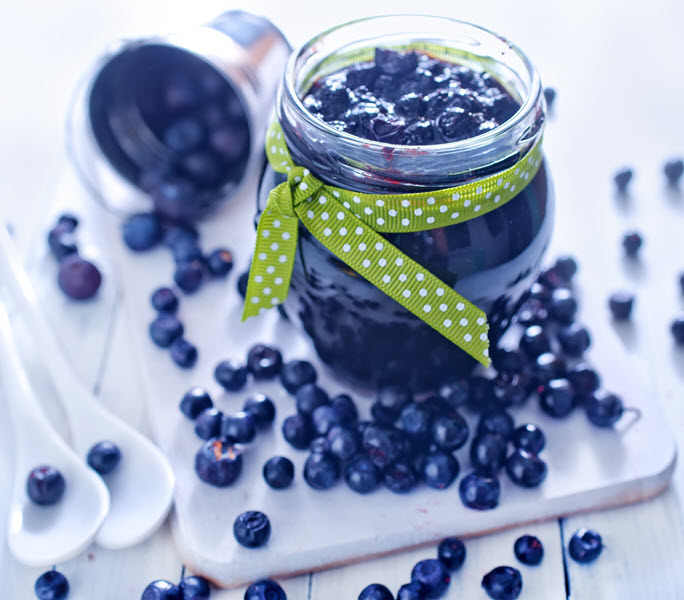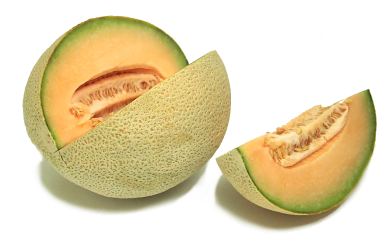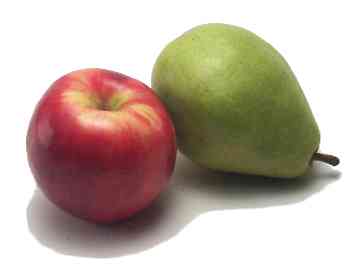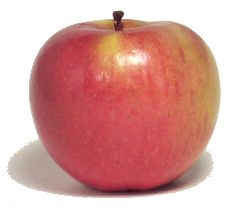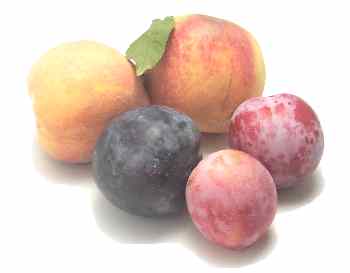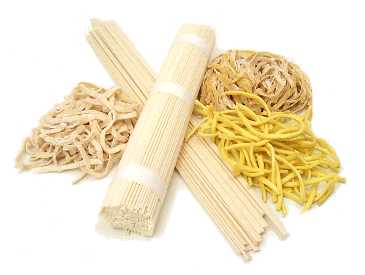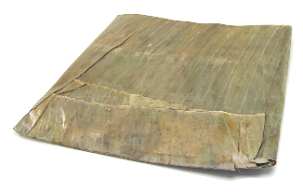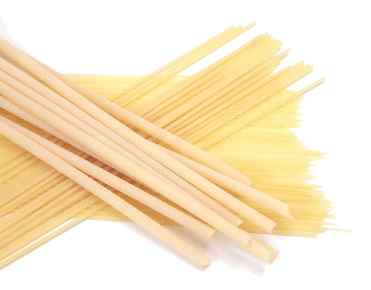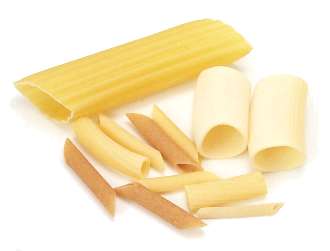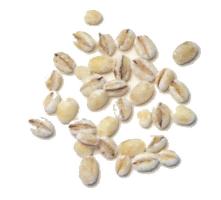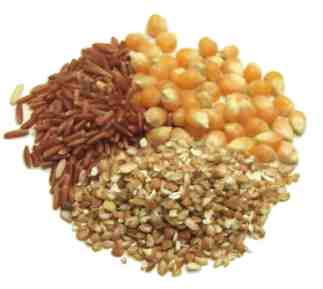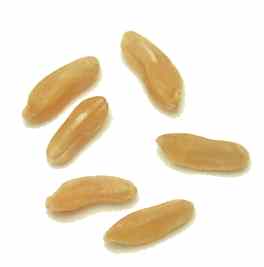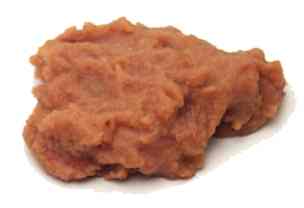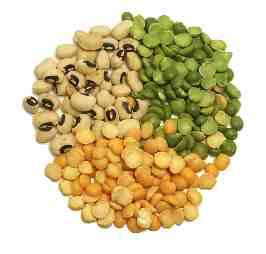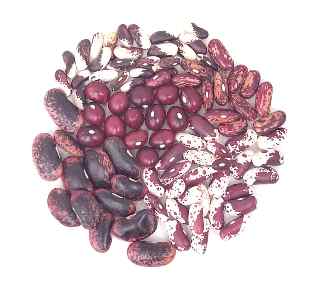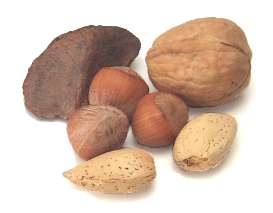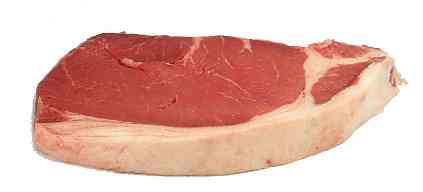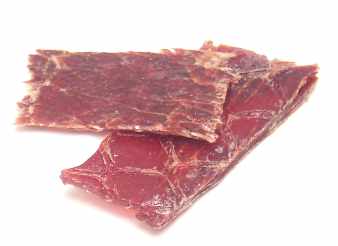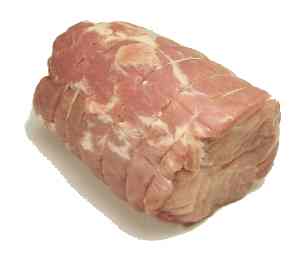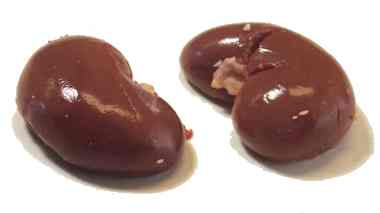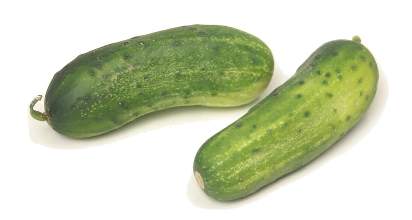Vegetables Category

Vegetables is a catch-all category that includes many of the edible parts of a plant, like stems, roots, flowers, tubers, and leaves. Some biological fruits that aren't very sweet, like tomatoes, squash, peppers, eggplants, and beans, are considered by cooks to be vegetables.
habanero - dried
Don't confuse dried habaneros with the fresh version, which goes by the same name. These extremely hot chiles are wrinkled and orange.
Learn morehabanero - fresh
These extremely hot orange chiles have a fruity flavor. They're best in the summertime.
Learn morehair vegetable
The Chinese add this to soups and use it as a garnish. Look for it in Chinese markets and pharmacies. It grows in the Gobi Desert.
Learn morehardneck garlic
Hardneck garlic retains the stalk in the center of the bulb. They tend to have stronger flavors and do not store as long as softneck garlic. Hardneck garlics include purple stripe, rocambole, porcelain, and others.
Learn moreharicot verts
This is a very thin variety of green bean that's crisp, tender, and expensive. Don't confuse this with the haricot bean, which is a dry bean.
Learn moreHass avocado
This is available year-round and has a rich flavor and creamy texture. The skin turns almost black when the avocado is ripe, which can camouflage bad bruises. This is the best variety by far for guacamole, but it turns a bit mushy in salads.
Learn morehearts of palm
These are peeled cabbage palm buds, and they're terrific in salads or as a vegetable side dish. You can buy them fresh only in Florida, but the canned version is quite good.
Learn morehijiki
Hijiki has a mild flavor, so it's a good choice if you want to slip a sea vegetable unobtrusively into your soups and stews in order to fortify them with calcium, iron, and other nutrients. When rehydrated, it roughly quadruples in size, so a little goes a long way.
Learn moreHolland bell pepper
These are like bell peppers, only they're sweeter and have thicker walls. They come in different colors.
Learn morehorseradish
This is a very pungent brown root that's usually peeled and grated to make a condiment for meats. Its intense flavor and aroma dissipate quickly when exposed to air, so it should be grated just before serving or mixed with something sour (like vinegar, lemon juice, or beet juice) to lock in the heat. It's easiest to use a blender or food processor to grate it. Fresh horseradish is surprisingly potent, so make sure your kitchen is well ventilated, wear rubber gloves, and don't rub your eyes.
Learn moreHubbard squash
This variety has tasty flesh, but it's too large for many families to handle and the rind is hard to cut though. Some grocers cut them into smaller pieces before putting them out.
Learn morehuitlacoche
This is a fungus that forms black kernels on ears of corn in damp weather. It's a prized delicacy in Mexico, and tastes a bit like wild mushrooms. You can get it fresh or frozen by mail order, or canned in some Hispanic markets. WARNING: May cause contractions in pregnant women.
Learn moreiceberg lettuce
This is prized for its crispness and longevity in the refrigerator, but it's a bit short on flavor and nutrients.
Learn moreIndian bitter melon
This is fairly bitter. Choose melons that are bright green. They turn tough and yellow as they age. You can eat the peels and seeds, or scrape out the seeds to reduce the bitterness.
Learn moreItalian eggplant
These are smaller than American eggplants, but they're otherwise very similar.
Learn moreItalian flat bean
These green or yellow beans are like ordinary green beans, but they're flatter. Select small, brightly colored beans that snap when you break them in half.
Learn morejalapeno pepper
These popular chilis have a good amount of heat and rich flavor. Green jalapenos are best in the late summer, while red jalapenos appear in the fall. Canned jalapenos aren't as fiery as fresh. When dried and smoked, this pepper is called a chipotle.
Learn morejambu
Jambu is a low growing herb. The leaves are commonly eaten as a vegetable in Brazil. Jambu has a strong but pleasant taste that enhances salads and stews. It has a mild anesthetic affect that can cause numbness in the mouth.
Learn moreJapanese chili
These small red chilis are hot, and similar to the chile de arbol. Before using them, soak them in warm water for a few minutes.
Learn moreJapanese cucumber
These are just like English cucumbers, only with bumps. Like English cucumbers, they don't have to be peeled or seeded.
Learn moreJapanese eggplant
Like other Asian eggplants, Japanese eggplants have thin skins, and a sweet, delicate flavor.
Learn moreJerusalem artichoke
These look like small, knobby potatoes, but they have a crisp texture and an interesting earthy flavor. You can eat them raw, stir-fry them, or bake them like potatoes. It's best not to peel them, but you'll want to scrub off the dirt. If you slice them, dunk them immediately in acidulated water to keep them from discoloring.
Learn morejicama
This tan-skinned tuber has a mild, nondescript flavor, but a nice crunchy texture. It's a good, cheap substitute for water chestnuts in stir-fries. Since it doesn't discolor, it's also a great vegetable to serve raw on a crudité platter. Peel it before using.
Learn morekabocha squash
This orange-fleshed winter squash has a striated green rind. It's sweeter, drier, and less fibrous than other winter squash, and it tastes a bit like sweet potatoes.
Learn moreKalamata olives
You can find these popular Greek black olives in most large supermarkets. They're salty and have a rich, fruity flavor. These can be eaten out of hand, or used to make tapenades.
Learn morekale
Kale is a kind of cabbage with dark green, wrinkled leaves. It's prized more for its hardiness than its flavor or delicacy, but it continues to be popular in the South, where it's often cooked as a side dish. Remove and discard the tough center stalks before cooking. Varieties include curly kale, dinosaur kale = black cabbage = lacinato kale, and the popular Red Russian kale = ragged jack kale.
Learn moreKashmiri red chili dried
This mild Kashmiri chili is used in Indian cooking to add flavor and color.
Learn morekershaw squash
Kershaw squash is an heirloom squash. It is mostly grown in the American south. Kershaw squash was cultivated by native Americans.
Learn moreKirby cucumber
This short, versatile cucumber is used for both slicing and pickling. It's small, with bumpy yellow or green skin. Like the English cucumber, it has a thin skin and inconspicuous seeds.
Learn morekiwano
This melon has a gorgeous orange rind with spikes--poke a stick in it and you'd have a medieval mace for a Halloween costume. The yellow-green flesh has the consistency of jello, and tastes a bit like cucumbers.
Learn morekohlrabi
A kohlrabi resembles a turnip, only it's sweeter and more delicately flavored. It's light green and sometimes sold with its edible greens attached. It can be eaten raw or cooked. Choose small ones, and peel before using.
Learn morekohlrabi greens
These can be cooked just like Swiss chard. Remove the stems first if they're too thick.
Learn morekonbu
Like other sea vegetables, konbu is rich in minerals. It's very popular in Japan, where it's used to flavor dashi, a soup stock. Konbu is usually sold dried, in strips or sheets. Choose konbu that's very dark, almost black, and don't wipe off the white residue that often appears on the surface; it's very flavorful.
Learn more

